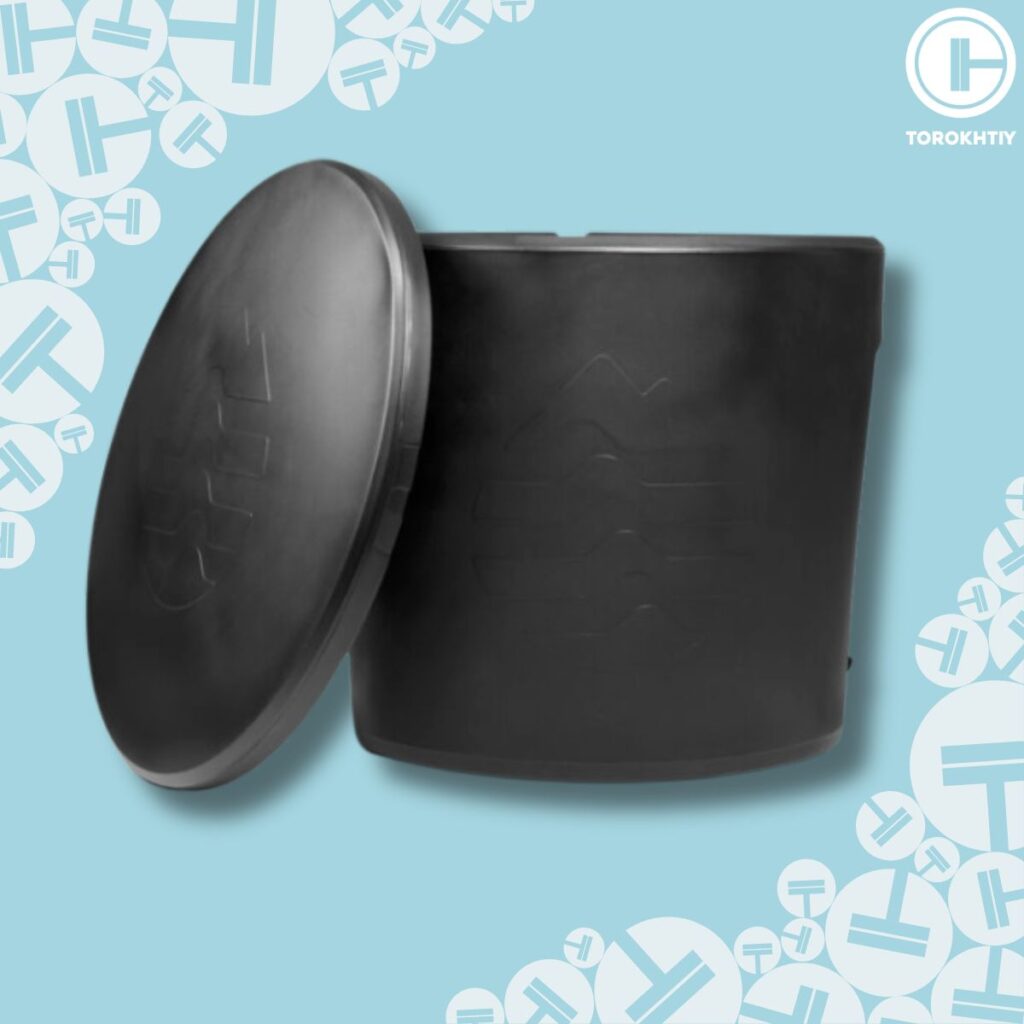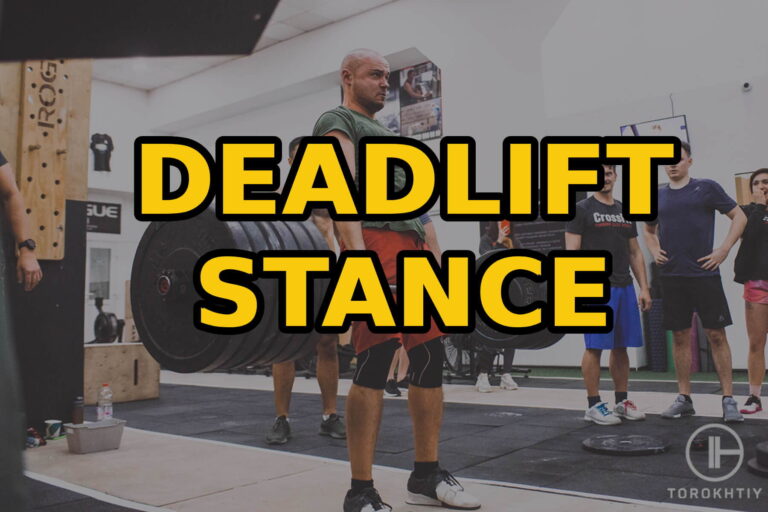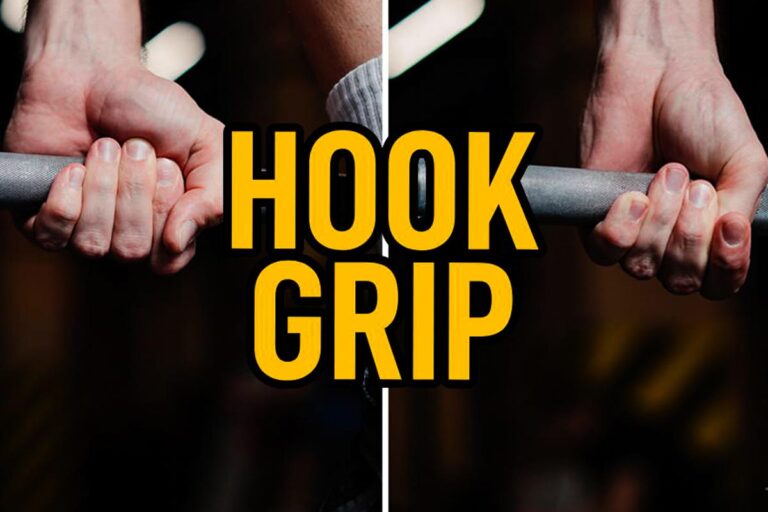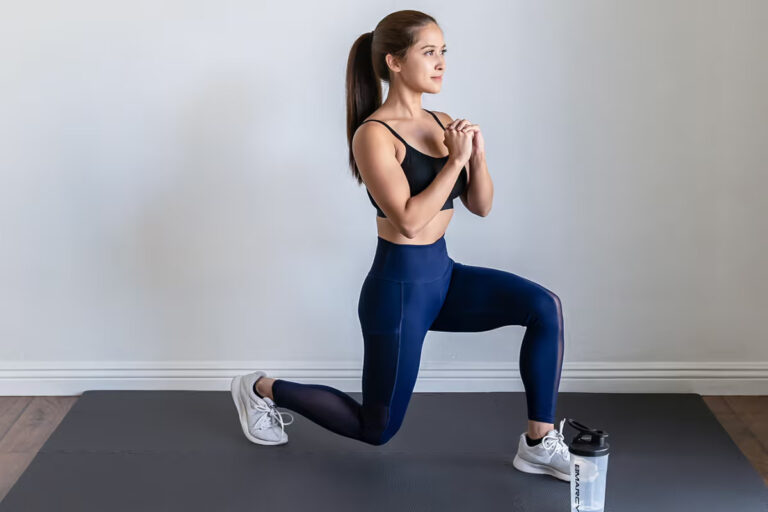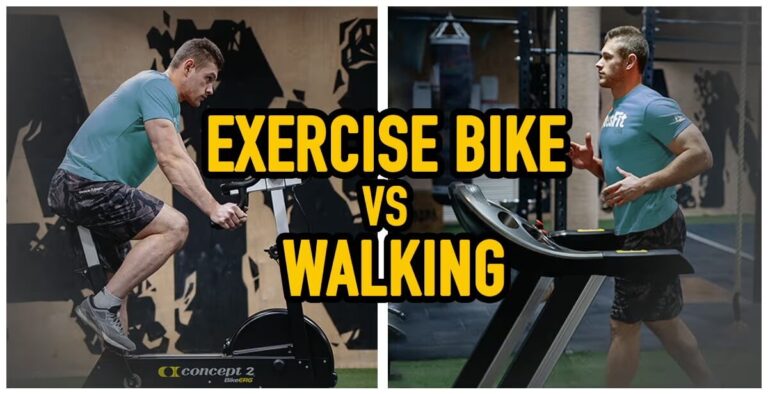How To Cold Plunge At Home: Beginner’s Guide
So, you heard about the benefits of cold plunging, maybe you’ve tried it a few times at a spa or bathhouse. Now you want to know if you can set up an ice bath at home. This article will teach you how to cold plunge at home, including what you need, how to set it up, and the safe practices of ice baths.
Whether you’re an athlete looking for a new and improved post-exercise recovery method or someone looking for a natural way to boost well-being, a cold plunge is a great choice.
Here are two methods how to cold plunge at home: Daily quick exposure to extreme cold, 1-3 minutes at 9°C/48°F. Long exposure with moderate temperature, 30-60 minutes at ~14°C/57°F. After an at-home ice bath, dry off with a towel but try to let your body recover heat naturally.
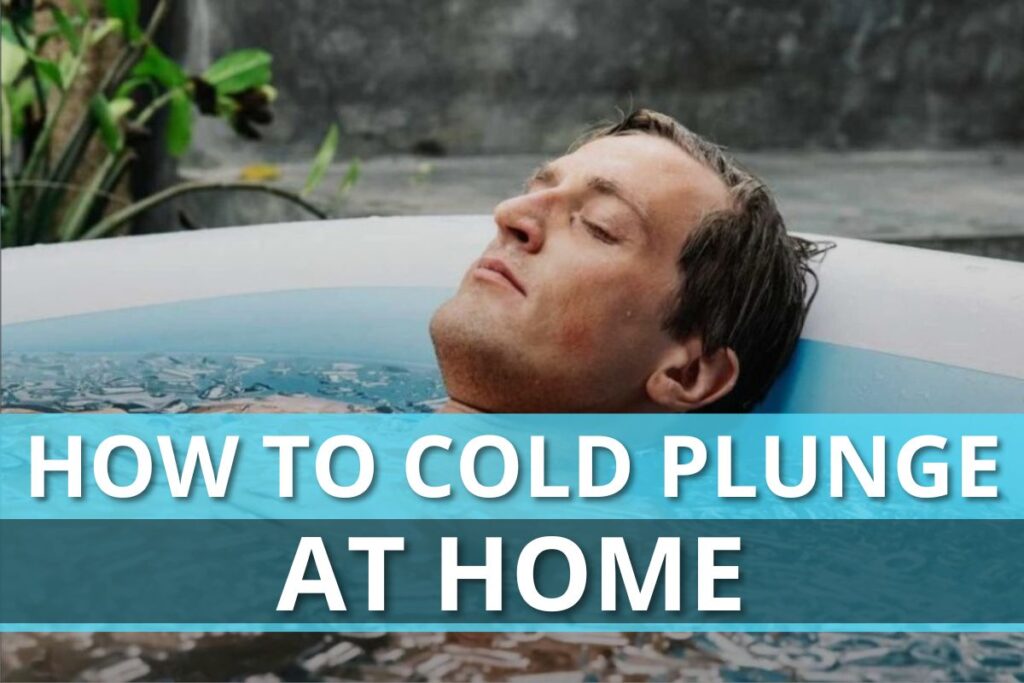
What Is A Cold Plunge (Ice Bathing)
In a nutshell, cold plunges are the practice of willingly immersing yourself in cold water to trigger certain physiological and psychological responses. This form of therapy is also known as cold water immersion (CWI). Depending on where you’re from, some of the popular methods of CWI include swimming in cold water, visiting designated spa centers and bathhouses, or simply making an ice bath at home.
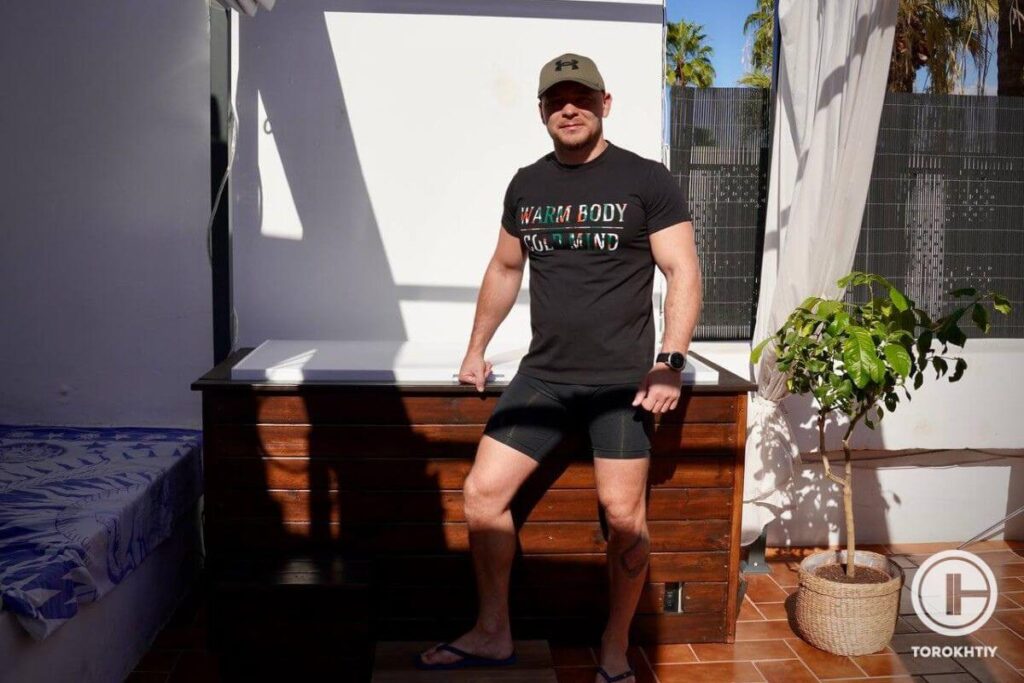
Nowadays, people employ cold water plunging both for medical uses and as a relaxation method. Some of the reasons for doing them include post-exercise recovery, stress management, conditioning for colder climates, and similar.
Bathing in cold water has been used in physical and mental therapy for centuries. The ancient Greeks were among the early practitioners of intentional cold water bathing for therapeutic purposes, but it’s the Scandinavians (Norway, Sweden, Finland, Denmark, and Island) who have notably embraced this practice.
Given the northern hemisphere location of the region, the prevalence of frozen lakes and rivers naturally influenced the inclination toward ice bathing, making it a big cultural tradition too.
How To Take A Cold Plunge?
Unless you’re a Scandinavian Viking who swims in cold rivers for sport,, ice bathing can be challenging. It’s important to note that if you have outstanding cardiovascular or respiratory issues, a physical exam before your first cold plunge is a must. During your first dip, begin by slowly entering the cold water with your lower limbs, allowing your body to acclimate to the temperature.
Submerging yourself too fast can trigger hypercapnia and hypoxia, resulting in a panicky breathing state and quick oxygen depletion. Before you dive in, take a deep breath and make a conscious effort to control your breathing. During the initial dip, hyperventilation (rapid breathing) is likely to occur, so it’s important to focus in on it and keep it under control. After, continue diving in until you submerge yourself completely, with only your head remaining above water to breathe. Next, here’s how to make an ice bath at home:
1. What Do You Need For A Cold Plunge?
To set up an ice bath at home, you’ll need a suitable container to hold the water, that you can also fit inside in. You can buy a dedicated ice tub, or you can cold plunge in a bathtub at home.
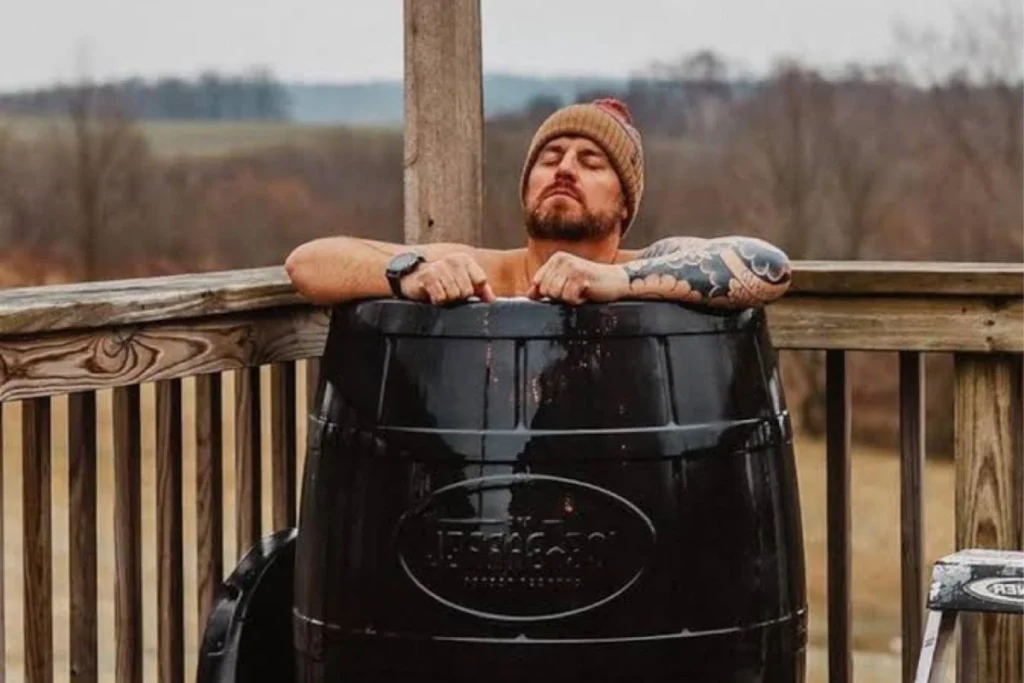
Secure the area around to prevent slipping while getting in and out of a bath — a bathroom tile rug or mat will do. Use a tub stopper to clog the drain and fill the tank up to nearly full. But remember, don’t fill it all the way up since you’ll be diving inside and adding some volume.
2. What Temperature Is Best For Ice Baths?
According to expert ice bathers and ice tub manufacturers, the recommended water temperature for beginners of cold water immersion (CWI) is around 14° Celsius/57° Fahrenheit. Depending on comfort level, people use between 10-15°C or 50-69°F. This temperature range is considered ideal because it’s cold enough to trigger body responses, but it’s well above freezing point so it’s not immediately dangerous. More experienced ice bathers or people better accustomed to cold can try even lower temperatures, down to the freezing point, but with less time spent in the tub.
3. How Much Time To Cold Plunge?
The amount of time you spend cold plunging will depend on what effect you want to achieve. Recommendations range from a couple of minutes up to an hour. According to Dr. Susana Søberg — author of “Winter Swimming: The Nordic Way Towards a Healthier and Happier Life” — the minimum weekly threshold is 11 minutes.
The idea is that the colder the water is, the shorter the time in needs to be. Here’s a quick table overview of the time spent in an at-home ice bath. Note that people with differing health and fitness levels can have different responses, but this is a good general overview of what to expect.
| Duration (minutes) | Temperature (°C/°F) | Interval |
|---|---|---|
| 1-3 minutes | Between 1-9°C / 34-48°F | Can be applied daily |
| 30-60 minutes | Around 14°C / 57°F | Every 48-72h |
4. What To Do After A Cold Plunge
The same applies to you. After your cold plunge, you have the option to end right there on the cold or to apply contrast therapy by transitioning from hot to cold. You can alternate between hot and cold for as long as you prefer, but always conclude with the cold immersion. For instance, alternating between an ice bath and a sauna is a popular way of doing this.
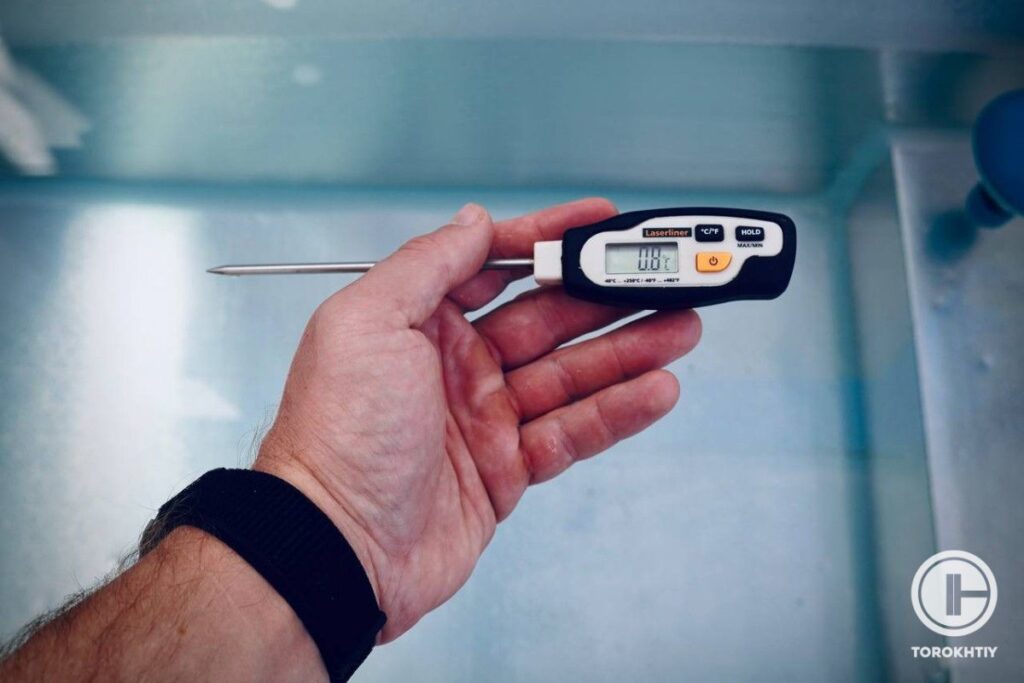
This method of CWI is efficient and doesn’t require lengthy swims in chilly temperatures, making it accessible for people with busy schedules. Once you’re done with your last dip, dry yourself off with a towel, put on your bathrobe, and if you feel you need one you can enjoy a warm cup of tea or coffee while your temperature recovers. After about 30 minutes to an hour has passed, you can take a lukewarm shower to clean yourself up from any ice residue.
If you’re having a hard time melting the excess ice away from your at-home ice bath, you can use regular kitchen salt to speed up the process. Adding salt lowers the freezing point of water and dissolves existent ice. Do not attempt to wash the ice away with hot water. The sudden temperature shift can damage the tub material, especially if it’s a traditional porcelain or acrylic, causing it to brittle and crack.
Pros And Cons Of Cold Plunge
Here are some brief pros and cons of cold plunging before we dive into the benefits and drawbacks in more detail:
Positives:
Could be better:
Benefits Of Ice Bathing
✅ Cardiovascular Boost
Although still subject to debate, based on the latest research, it’s widely accepted that cold water immersion triggers the cardiovascular system, which provides defense against common CV issues, obesity, and various metabolic disorders.
It also stimulates vasoconstriction and vasodilation (contraction and constriction of blood vessels), regulating blood pressure. Further, research has shown that one hour of CWI at 14°C (57°F) boosts metabolic rate, potentially increasing calorie burn, and enhances diuresis, aiding fluid regulation and kidney health.
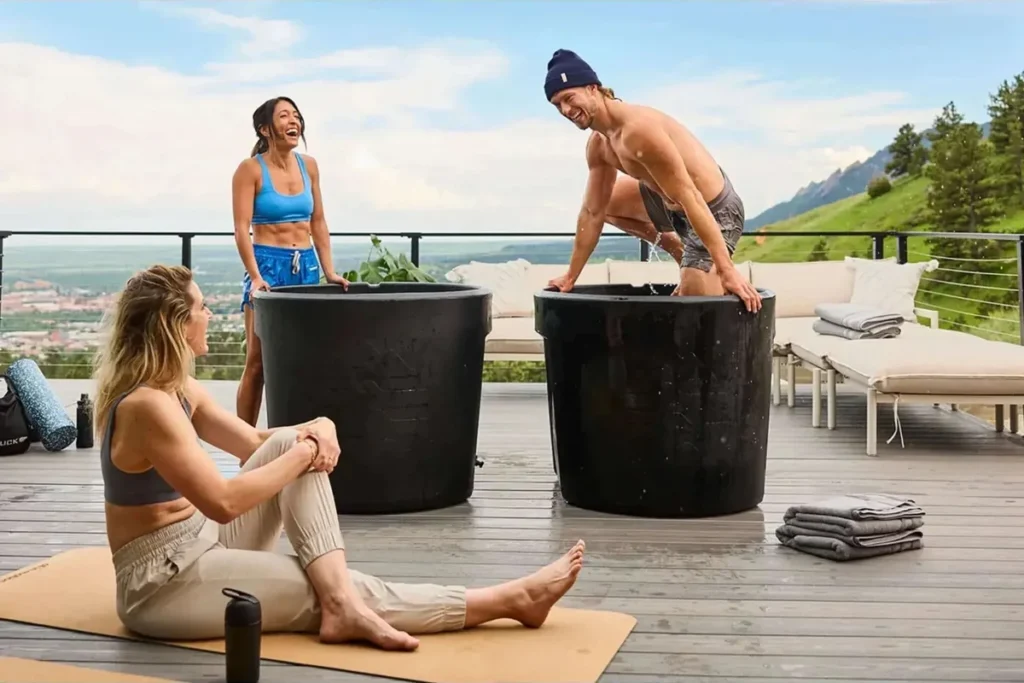
✅ Stress Management
Cold immersion leads to immediate mood improvements both in the short and long term, backed by studies. More importantly, the mood improvements were not only recorded physiologically, but the athletes self-reported feeling better, meaning the benefit was noticeable. Preliminary research also suggests potential mental health benefits, with cold showers showing relieved symptoms of depression.
✅ Improved Immune System
More recently, CWI has been explored as a means to trigger immune system responses without infection, aiming to boost resilience. A study on athletic men displayed positive changes in immune components, including an increase in immune cells and elevated plasma concentrations of acute phase proteins, after just six weeks.
✅ Potential For Muscle Recovery
A 15-minute session at 10°C (57°F) reduces inflammation and muscle damage. Now, this effect isn’t always desired. If you’re exercising specifically for strength and muscle mass, this will significantly reduce the natural post-exercise adaptation necessary for development.
That said, in scenarios like injury recovery, after a physically demanding day at work, or chained sports events (think, a weightlifter entering a weekend-long competition or a tennis player having consecutive matches), cold therapy can become a valuable tool for recovery strategy, when used correctly. Studies comparing CWI with passive recovery, indicate that CWI improves recovery times for athletes. More studies on post-exercise CWI proved the same.
Drawbacks Of Ice Bathing
❌ Risk Of Hypothermia
Among the most common causes of hypothermia is exposure to cold water. The tricky part is that it can develop over time without the person noticing. Some signs to watch out for include uncontrollable shivering, issues breathing, drowsiness, sleepiness, and a general lack of energy.
❌ Ice Burn
If you use ice to regulate temperature, despite what the thermometer says the general temperature of the water is, remember that ice itself must be at least below 0°C (32°F) to remain solid form. Direct contact with the skin can irritate it, causing what’s known as an ice burn.
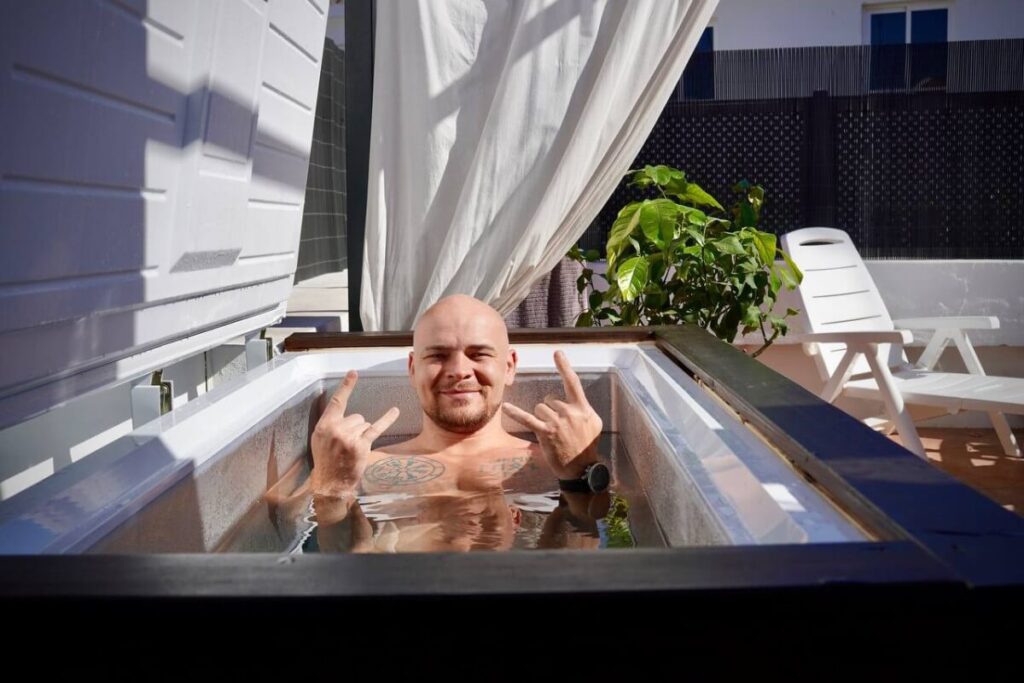
❌ Nerve Damage
Spending too much time in water that is too cold can cause neuropathy (nerve damage), leading to pain, numbness, and loss of sensation such as touch or pain. That’s why it’s very important to keep an eye out for the temperature levels and prevent it from falling below the recommended threshold.
Who Should Avoid a Cold Plunge?
First things first, cold plunges should not be taken without a prior checkup and approval from a medical professional. Regardless of your perceived health and fitness level, if you have one of the following conditions, cold plunging may not be safe for you:
- Heart disease
- High blood pressure
- Respiratory issues
- Diabetes
- Circulatory problems
- Vein damage
- CVS (central nervous system) issues
- Other rare autoimmune diseases like Cold Agglutinin Syndrome (CAS)
Cold Therapy Tool We Recommend For Cold Plunge At Home
While it is possible to turn your bathtub into a cold plunge at home, it can be quite a task to prepare. First, unless you have very cold water from your tap, you’ll have to source your ice. If you don’t clog it properly, it’ll just drain out on you. Meanwhile, draining it afterward can be quite the hassle, especially since ice can leave chunks behind that won’t melt for hours, so you might end up having to crush them down or remove them by hand.
Your bathtub could be damaged from the cold depending on the material it’s made of, and there’s a huge risk of slipping, too. The increased water bill isn’t going to look nice, either. If you’re a frequent ice bather, getting a dedicated ice tub will save you time and money in the long run, and is much cleaner and convenient too.
Our recommended cold plunge tub is the Ice Barrel 300. It’s compact enough to fit into homes but big enough for most people to plunge in (recommended for up to 6’2” and 250 lbs). The carry handles on the side make it easy to move, so it doesn’t require a permanent place on the floor. The drain hose at the bottom makes water replacement very convenient, and the built-in chiller port (with an included attachment) makes temperature regulation a breeze.
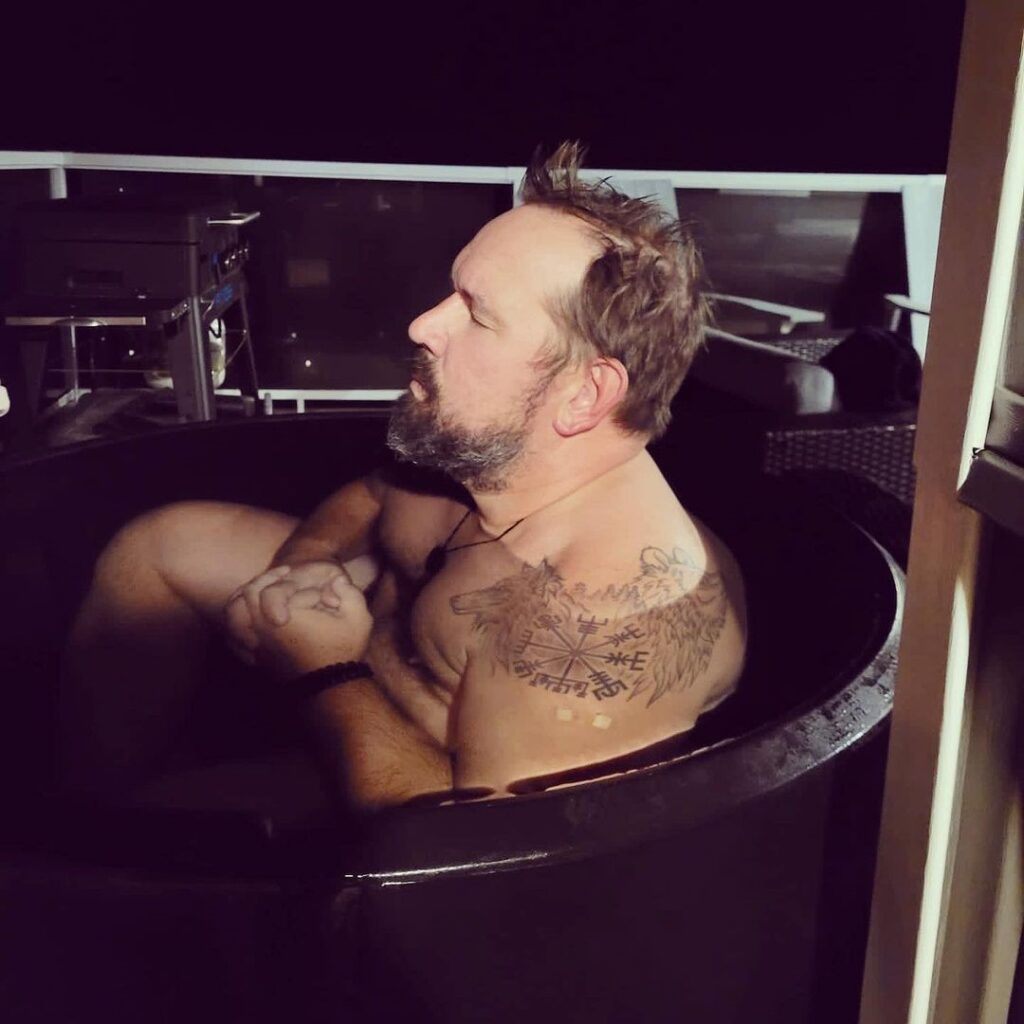
It’s insulated from all sides, including the top lid, meaning you can just close it when you’re done and the temperature inside will remain consistent. The small seat makes plunging more comfortable, as it helps with sitting upright. The price is also below average for this type of product.
FAQ
Is a 1 Minute Cold Plunge Enough?
A single-minute cold plunge may trigger a strong reaction in your nervous system that wakes you up quickly. Otherwise, it can be difficult to apply long-term cold exposure therapy benefits in that short amount of time unless you’re using near-freezing water. Try staying in for 1-3 minutes after the initial immersion, aiming for at least over 10 minutes a week.
How Often Should I Cold Plunge?
The key to cold plunging for long-term health is having a consistent routine, but not overdoing it with time and temperature to avoid stressing your body. For beginners and long exposure protocol, it’s recommended to take some time off, like 48-72 hours between each dip. For experienced bathers and those who are generally more cold-adapted, an ice bath a day is fine too as long as you adopt a routine that’s in line with your general health and wouldn’t cause a harmful state.
Who Should Avoid Cold Plunge?
Cold plunging should not be practiced without a doctor’s approval. Individuals with cardiovascular, metabolic, or circulatory issues such as high blood pressure, diabetes, heart problems, etc. should especially avoid cold plunges without a doctor’s order.
Conclusion
And that’s how to cold plunge at home. The practice is a tried and tested way of both physical and mental therapy. As a main takeaway, notable benefits include improvements to the cardiovascular and immune system, as well as improved physical recovery. To take an ice bath, you can always turn your bathtub into a cold plunge or get a designated ice tub. If you’re looking for a professional ice bath set up for your home that also won’t break the bank, consider the Ice Barrel 300.
We’d love to hear from you as well. Tell us if you’ve tried ice baths before. If so, what the experience was like? It tends to be quite a shock at first, but relaxing. Leave a comment letting us know and remember to give us a follow on our social media for more fitness content.
Also read:
- What to Do After a Cold Plunge
- Best Budget Ice Bath
- Cryotherapy or Cold Plunge
- Cold Plunge or Cold Shower
- Ice Bath for Weight Loss
- Cold Plunge Before or After Workout
- Best Time to Cold Plunge
- How Cold Should an Ice Bath Be
References:
- Aryane Flauzino Machado, Paulo Henrique Ferreira, Jéssica Kirsch Micheletti, Aline Castilho de Almeida, Ítalo Ribeiro Lemes, Franciele Marques Vanderlei, Jayme Netto Junior, Carlos Marcelo Pastre, “Can Water Temperature and Immersion Time Influence the Effect of Cold Water Immersion on Muscle Soreness? A Systematic Review and Meta-Analysis” – Sports Medicine vol. 46 (2016), 503-514
- Avijit Datta, Michael Tipton, “Respiratory responses to cold water immersion: neural pathways, interactions, and clinical consequences awake and asleep” – Journal of Applied Physiology vol. 100, no. 6 (2006), 2057-2064
- “Cold agglutinin disease” – Genetic and Rare Diseases Information Center (GARD) https://rarediseases.info.nih.gov/diseases/6130/cold-agglutinin-disease (accessed Jan. 16, 2024)
- Fabrício De Paula, Kurt Escobar, Vinícius Ottone, Paula Aguiar, Mariana Aguiar de Matos, Tamiris Duarte, Tatiane Araújo, Karine Costa, Flávio Magalhães, Etel Rocha-Vieira, Fabiano Amorim, “Post-exercise cold-water immersion improves the performance in a subsequent 5-km running trial” – Temperature vol. 5, no. 4 (2018), 359-370
- Herve Pournot, Francois Bieuzen, Rob Duffield, Pierre-Marie Lepretre, Christophe Cozzolino, Christophe Hausswirth, “Short term Effects of Various Water Immersions on Recovery from Exhaustive Intermittent Exercise” – European Journal of Applied Physiology vol. 111, no. 7 (2011), 1287-1295
- “Hypothermia” – Mayo Clinic, https://www.mayoclinic.org/diseases-conditions/hypothermia/symptoms-causes/syc-20352682 (accessed Jan. 16, 2024)
- John S. Kelly, Ellis Bird, “Improved Mood Following a Single Immersion in Cold Water” – Lifestyle Medicine vol. 3, no. 1 (2022), e53.
- Jun Soo Kim, Arun Yethiraj, “The effect of salt on the melting of ice: A molecular dynamics simulation study” – Journal of Chemical Physics vol. 129, no. 12 (2008), 124504
- L. Janský, D. Pospísilová, S. Honzová, B. Ulicný, P. Srámek, V. Zeman, J. Kamínková, “Immune system of cold-exposed and cold-adapted humans” – European Journal of Applied Physiology and Occupational Physiology vol. 72, no. 5-6 (1996), 445-450
- Nikolai A. Shevchuk, “Adapted Cold Shower as a Potential Treatment for Depression” – Medical Hypotheses vol. 70, no. 5 (2008), 995-1001
- P. Srámek, M. Simecková, L. Janský, J. Savlíková, S. Vybíral, “Human Physiological Responses to Immersion into Water of Different T” – European Journal of Applied Physiology vol. 81, no. 5 (2000), 436-442
- “What To Know About Cold Plunges” – Cleveland Clinic, https://health.clevelandclinic.org/what-to-know-about-cold-plunges (accessed Jan. 16, 2024)
Why Trust Us?
With over 20 years in Olympic Weightlifting, our team does its best to provide the audience with ultimate support and meet the needs and requirements of advanced athletes and professional lifters, as well as people who strive to open new opportunities and develop their physical capabilities with us.
By trusting the recommendations of our certified experts in coaching, nutrition, dietology, and sports training programming, as well as scientific consultants, and physiotherapists, we provide you with thorough, well-considered, and scientifically proven content. All the information given in the articles concerning workout programming, separate exercises, and athletic performance, in general, is based on verified data. We ensure that you can rely on our professionals’ pieces of advice and recommendations that can be treated as personalized ones which will benefit you and fully meet your needs.
The product testing process is described in more detail here
Author: Jacek Szymanowski
Certified Nutritionist,
M.Sc.Eng. Biotechnology
Performance Architect,
Strength and Conditioning Specialist
With over 30 years of fighting experience, specialization in nutrition coaching for athletes, and expertise in metabolic health and dietary strategies, Jacek offers a comprehensive approach to optimizing your performance and well-being. Backed by a Master of Science degree in Biotechnology, Jacek remains at the forefront of scientific advancements, ensuring that his coaching is always evidence-based and up-to-date.

